Fish and seafood are an important part of a healthy diet. Freshly cooked filets with your favorite side dishes are a great way to add dense nutrition to your everyday. Seeing as fish are a huge part of both American Regional and International cuisine, there is no limit to the ways you can enjoy a healthier choice at mealtime. That being said, the healthiest fish make for a tasty and nutritious meal when added to your plate.
Fish is among the healthiest foods on the planet. It’s loaded with important nutrients, such as protein and vitamin D. Oily fish also provide a great source of omega-3 fatty acids, which offer many benefits to the body and the brain. Since the human body can’t make significant amounts of the most common essential nutrients, fish are an important part of the diet. Eating fish also allows us to avoid “bad” fats commonly found in red meat, called omega-6 fatty acids. Scientists have long researched the ways in which regularly consuming fish, particularly oily types, can boost human health.
It is the omega-3 fatty acids in fish that make the difference. Researchers found that high-risk individuals who consumed two servings a week of fish rich in omega-3 lowered their risk of heart attacks and strokes by about a sixth (roughly 16%) compared with those who did not eat oily fish. “There is a significant protective benefit of fish consumption in people with cardiovascular disease,” says lead co-author Andrew Mente, associate professor of research methods, evidence, and impact at McMaster, in a statement. Researchers say that while people at low risk for cardiovascular disease may get some protection by eating oily fish, the positive impact of consuming omega-3 is greater for high-risk individuals.
Apart from the dietary benefits, fish can also be downright delicious. If you decided to add more pescatarian fare to your weekly menu, keep in mind which fish are the healthiest to consume. StudyFinds has considered 10 dietary and nutrition sources to evaluate the healthiest fish in terms of nutrition and deliciousness. Let us know what filet you favor in the comments below!
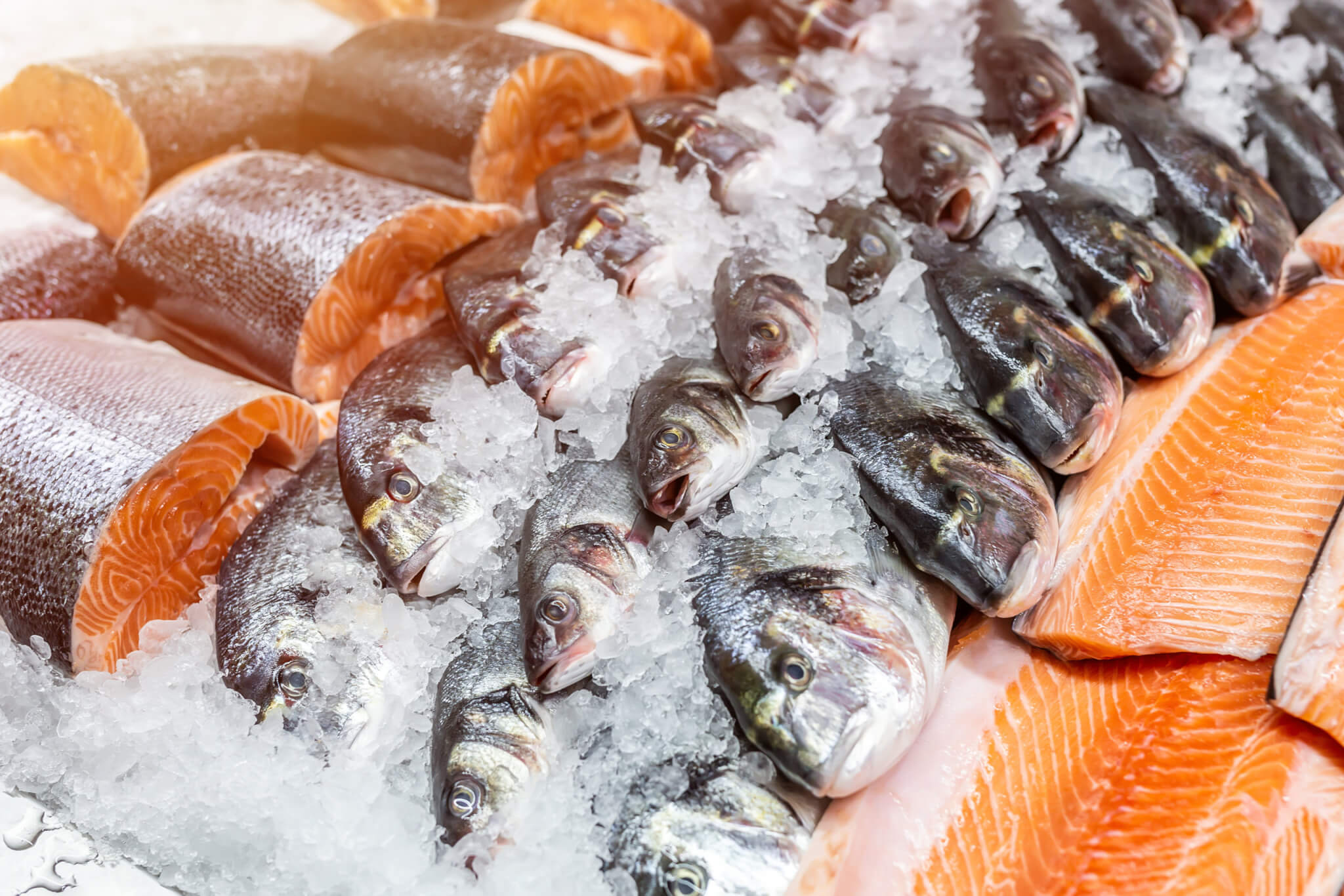
The List: Healthiest Fish, According to Nutrition Experts
1. Salmon
Salmon reigns supreme in the number one spot with all our sources. “You’ve heard it before, but the pink fish’s power is worthy of repeating: Loaded with healthy fats and packed with vitamins and minerals (including 50% of your daily vitamin B6, and 90% of your daily vitamin B12 needs), salmon is hands down one of the best proteins you can add to your diet. Throw it on the grill or in the oven, and pair with pretty much anything from rice to salad to soup—you really can’t go wrong with salmon’s distinct flavor,” says Men’s Journal.
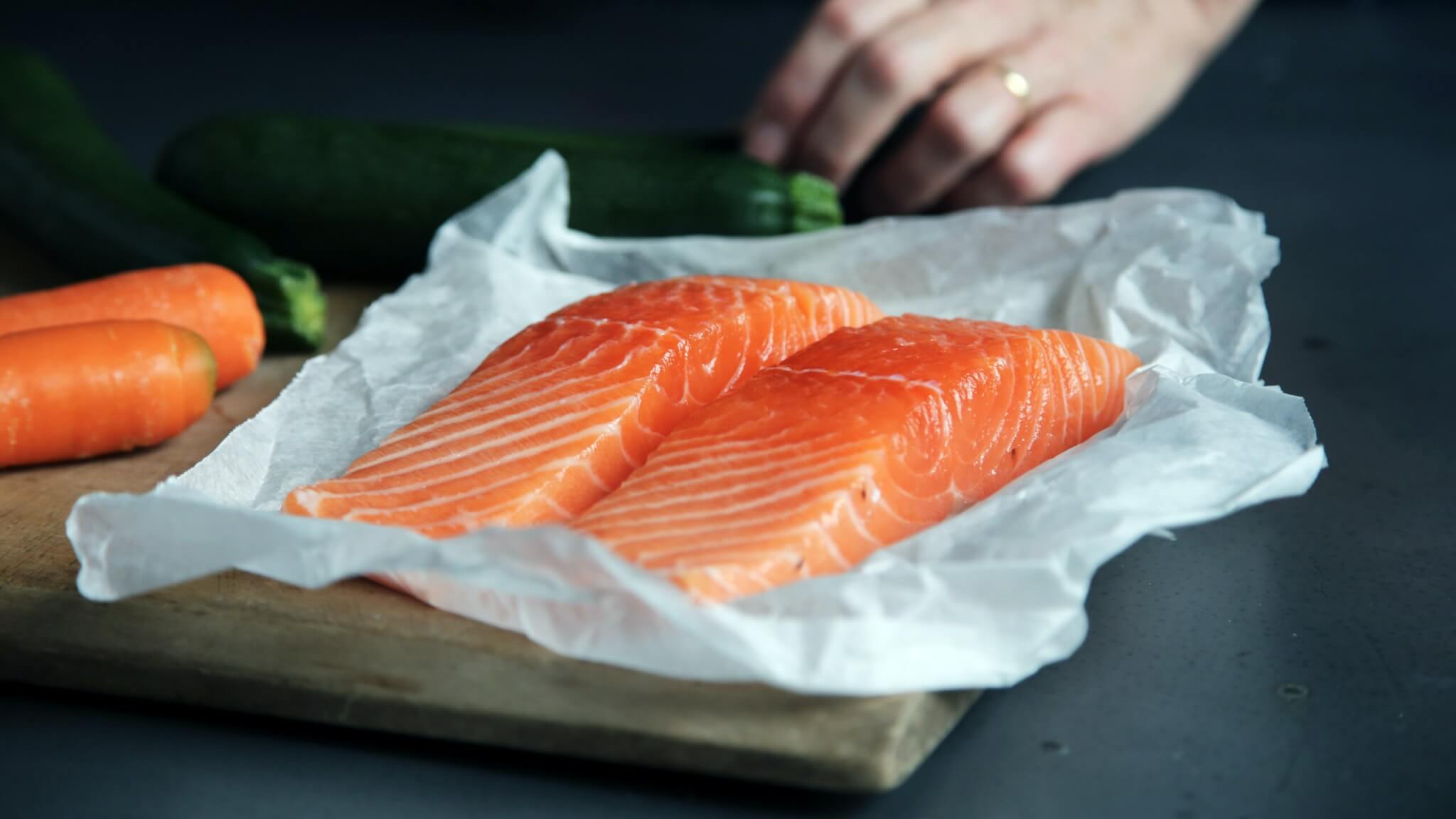
It is unusual to have a unanimous consensus across several sources, but between popularity and availability, salmon is one of the absolute best fish for dietary nutrition. “Salmon is the prom queen of fish — that is, super popular. The fat in salmon (especially wild-caught salmon) is the ‘good’ kind, and has lots of calcium and vitamin D, says DeRocha. ‘This is because wild caught salmon is found in its natural habitat and hence is less exposed to contaminants and processed fish food,’ she says. The National Institutes of Health recommend that men consume 1.6 grams and women consume 1.1 grams of omega-3s daily, and one 3-ounce has more than enough. Alaskan Chinook (or King) salmon, Coho salmon and sockeye salmon are three wild salmon species rated the highest in omega-3s,” explains Good Housekeeping.
Popular at breakfast, lunch, and dinner; salmon is recommended by chefs and dietary nutritionists alike. According to Week&, “Since salmon is a fatty fish, it contains high amounts of omega-3 fatty acids. According to the U.S. Department of Agriculture, one 4-ounce portion of salmon contains between 1,200 and 2,400 milligrams of EPA plus DHA, two types of omega-3 fatty acids important for cognitive function and brain development in infants and children. The Institute of Medicine encourages men to consume at least 1,600 milligrams of omega-3s and women to consume at least 1,100 milligrams of omega-3s each day. Salmon is also classified as a low-mercury fish. 6oz serving delivers 350 calories, 20g fat, 0g carbs, and 38g protein.”
2. Trout
Trout is easily the most highly regarded freshwater fish as cited by our sources. “Unless you’re camping and living off of nature’s bounty, this is one of the few exceptions where it’s usually better to go the farm-raised route, as the fish are subjected to better health regulations. Trout, likely in rainbow form, is also very versatile, a wonderful centerpiece roasted, smoked, or grilled, or even pickled and set aside for later,” adds The Manual.

Perhaps another reason for trout’s high rating is that it is a very popular fish amongst anglers. “A favorite among fishing hobbyists, trout is one of the best options for low-mercury fish. Many varieties are sustainable as well. Look for farmed rainbow trout from the United States or wild-caught lake trout from Minnesota. Trout can be pan-fried, grilled whole, braised, cooked similar to chicken piccata and more,” adds the Daily Meal.
Trout is easy to prepare and can potentially add plenty of nutrients to your diet. “Long the trophy prize of recreational anglers, rainbow trout are tasty fish that most people enjoy, and they’re one of the more affordable seafood options. Wild trout aren’t necessarily endangered, but some varieties, particularly those native to Lake Huron and Lake Michigan, are threatened by non-native species and have high levels of contamination from chemicals like PCBs. When you’re cooking trout, leave the scales on; you’ll be able to bread or coat the fish without having to add any extra oils. There are a hundred different ways to dress a trout. If you prefer simple recipes, bake it and dress it with lemon and paprika or a basic mushroom sauce. When baking, measure the thickness of the fish and cook for 10 minutes per inch (5 minutes on each side) at 400 to 450°F,” writes Prevention.
3. Sardines
Sardines are a much-loved fish in many international cuisines. “These tiny fish are low on the food chain, which means the wild-caught variety are generally more sustainable and less likely to have mercury contamination. Opt for fresh if you can find it, but most stores only carry canned, which still packs a strong nutritional punch with 60% of your daily calcium, and 240% of your daily vitamin B12. (Try this quinoa salad with sardines & kale.) 6oz serving delivers 348 calories, 18g fat, 0g carbs, and 42g protein,” notes Men’s Journal.
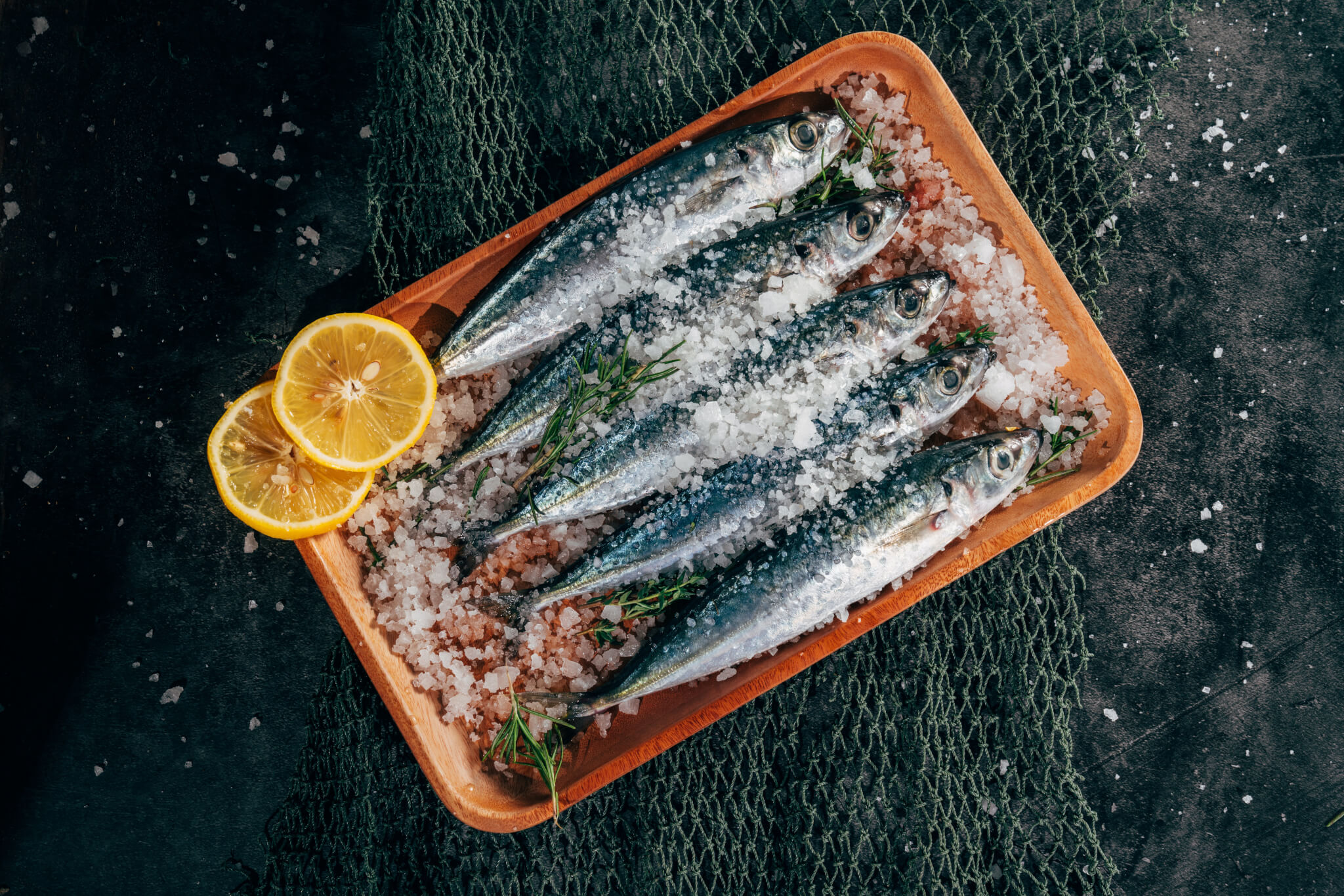
Another major factor for sardine’s high rank is that they are considered to be heart healthy fare. “Sardines are also recommended by the American Heart Association to reduce heart disease risks. Sardines are classified as very low-mercury fish, according to the American Pregnancy Association. Since sardines packaged with salt are higher in sodium, look for low-sodium brands or packages of sardines labeled ‘no salt added,'” says Week&.
To clarify, both fresh and canned varieties are considered to be good for your health. “If you are a sardine lover, then you will be thrilled to know that these tiny fish are a low-mercury source of healthy fats, protein, and important micronutrients like vitamin B12 and choline. Sardines can be added to pasta dishes, salads, and even enjoyed on top of toast for a quick and healthy breakfast,” states Eat This, Not That!
4. Cod
Cod is a fish that has driven the fishing trade for a major segment of human history. “As long as it isn’t fried, cod is a protein-packed fish that is mild in flavor and easy to cook. Bonus? Cod is one of the best sources of iodine which can help support thyroid health. If sustainability is a priority, Cod from Norway is sustainably wild-caught in cold, clear Norwegian waters. Each serving has about 100 calories per 3-ounce portion and it is also rich in omega-3 fatty acids, vitamins A, D, and B12, and proteins. And of course, iodine,” writes Eat This, Not That!
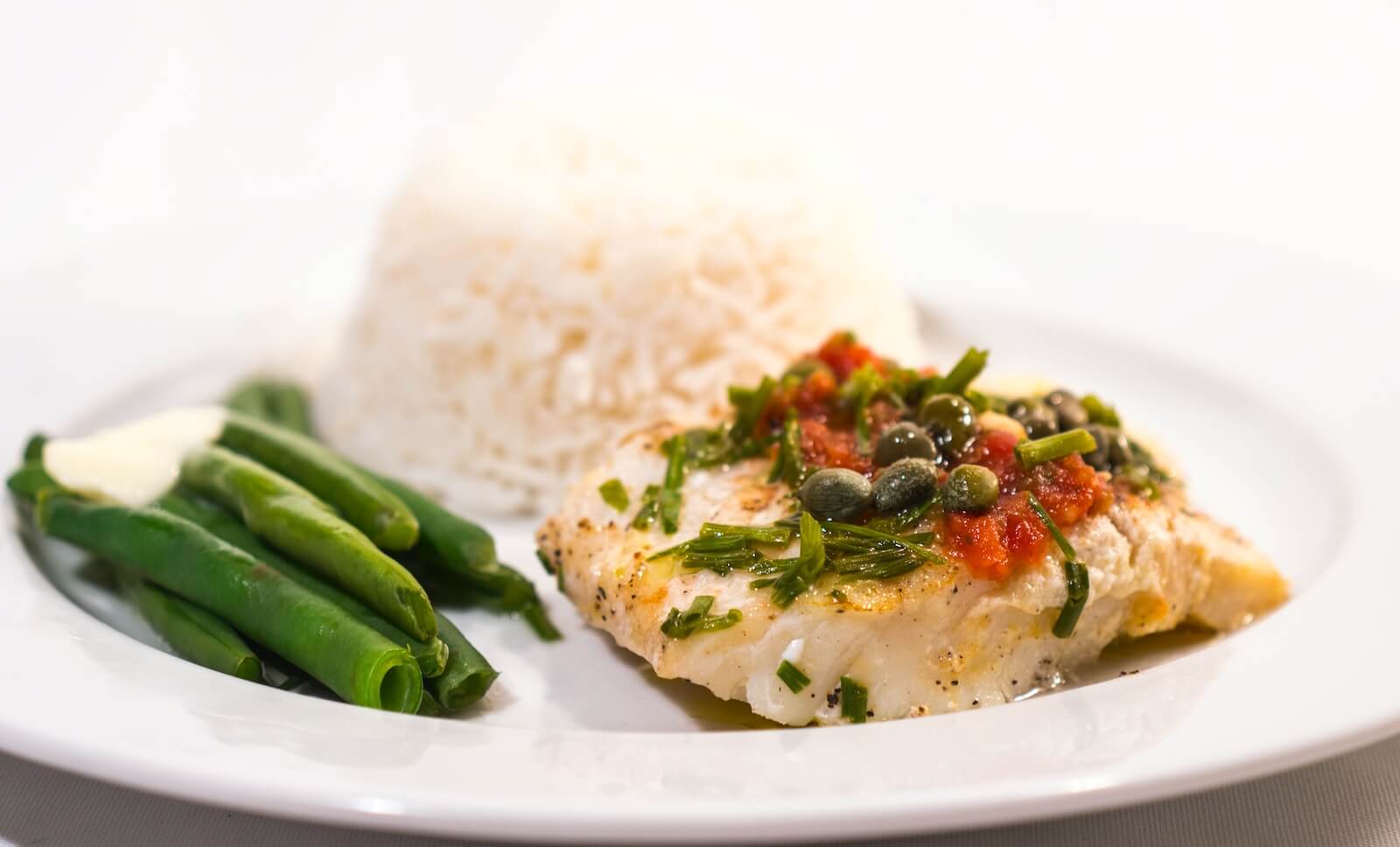
Easy to prepare and mild in flavor, “Cod is a great fish to serve to newbies, says Derocha. “It has a milder flavor that picky eaters and kids could enjoy.” It’s so universally loved that it’s often used in fish and chips (yum!), and when grilled or baked, cod is low in fat and naturally rich in protein,” adds Good Housekeeping.
Apart from being packed with nutrition, cod is also delicious, “A popular choice for chefs, cod is best known for its mild, sweet flavor, firm texture and versatility. From fish and chips to chowder, cod is just as good deep-fried as it is pan-fried. For sustainability purposes, pay attention when purchasing this fish. Pacific cod is a best choice while Atlantic cod should be avoided unless it is farmed using indoor recirculating tanks. Cod typically has moderate to low mercury levels,” mentions The Daily Meal.
5. Mackerel
Mackerel is a staple fish in many types of international cuisine. “Mackerel is rich in healthy fats, protein and selenium, which is important for a healthy immune system and thyroid function. You can buy mackerel fresh, canned or smoked but, like salmon, be mindful about not eating too much smoked mackerel because of the higher nitrate content caused by the smoking process, which may increase the risk of certain cancers,” advises BBC Good Food.
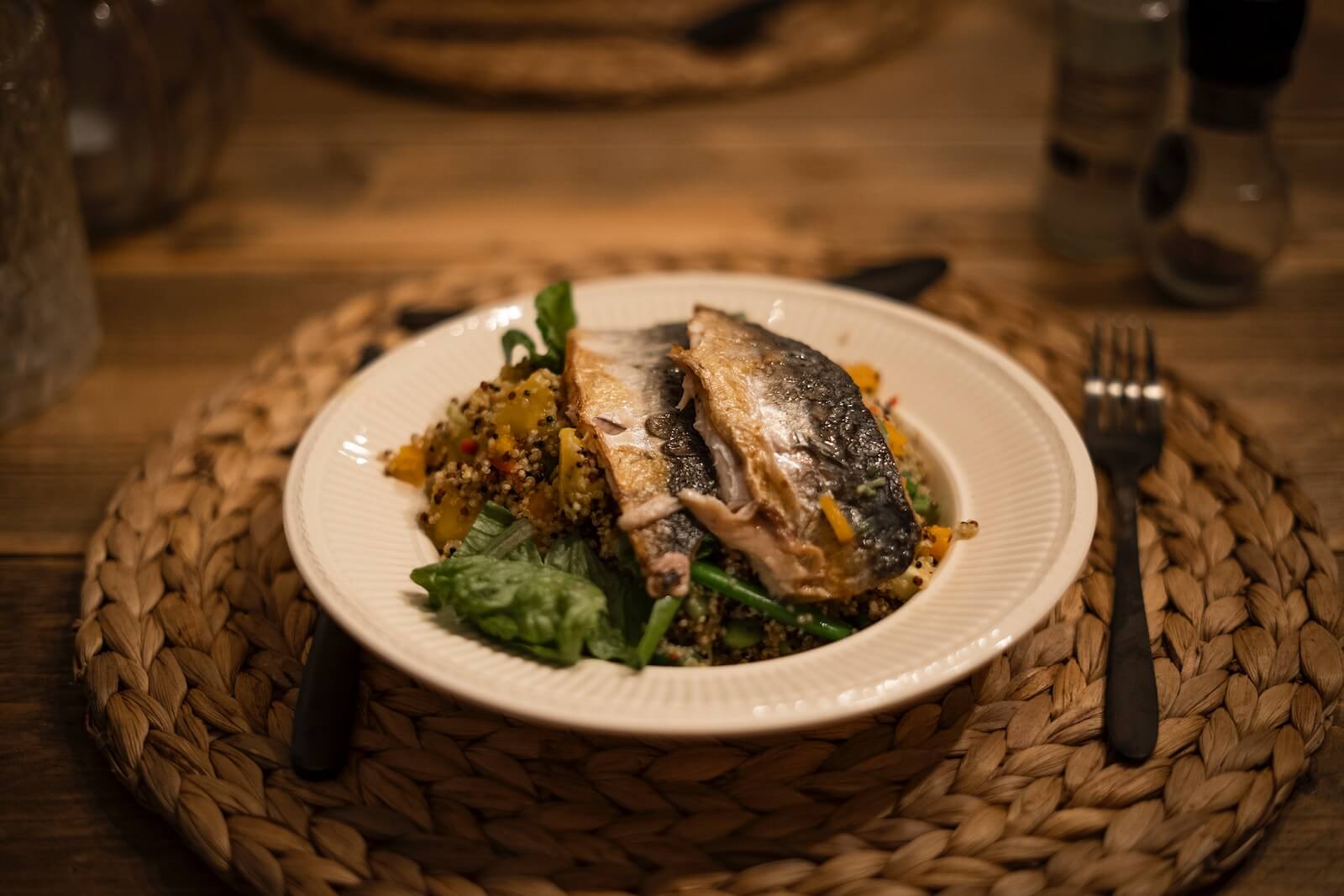
This fish, though oily, is packed with the healthy fats that dieticians recommend most. “Mackerel. As opposed to leaner white fish, mackerel is an oily fish, rich in healthy fats. King mackerel is a high-mercury fish, so opt for the lower mercury Atlantic or smaller mackerel choices,” adds Healthline.
Atlantic mackerel in particular is singled out as a great menu choice, “Atlantic mackerel is touted as one of the healthiest fish due to its high fat content. It provides 15.1 grams of fat, including 1.1 grams of omega-3s per serving (3 ounces). You will also get more than 20 grams of quality protein and 223 calories. Like other fatty fish, mackerel is rich in vitamin A, vitamin B12, selenium and magnesium. Selenium, one of its key nutrients, supports the formation of antioxidant enzymes and protects your cells from the harmful effects of toxins and heavy metals. This mineral also promotes cardiovascular health, keeps your immune system strong and regulates the metabolism of thyroid hormones, according to a review published in the journal Antioxidants & Redox Signaling in April 2012. Just make sure you avoid Spanish mackerel, warns the FDA. Its mercury levels are about nine times higher than those of Atlantic mackerel and four times higher than mercury concentrations in sardines. King mackerel isn’t safer, either,” recommends Live Strong.com.
You might also be interested in:
Sources
- Men’s Journal
- Good Housekeeping
- Week&
- The Manual
- Eat This, Not That!
- The Daily Meal
- Prevention
- BBC Good Food
- Healthline
- Live Strong.com
Note: This article was not paid for nor sponsored. StudyFinds is not connected to nor partnered with any of the brands mentioned and receives no compensation for its recommendations.
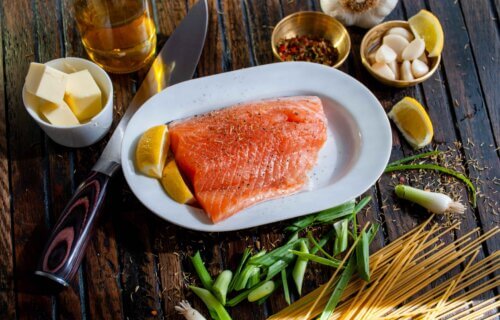
Good article. A small point: Rainbow and Steelhead are the same species of Trout but the term Steelhead designates a Rainbow that migrated to the ocean, grew in saltwater, and returned to its freshwater origin to spawn. For these reasons. they differ in taste, nutritional content, and typically in size.